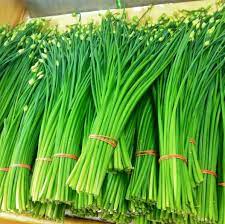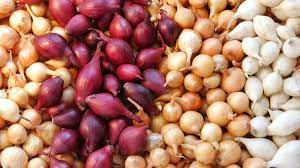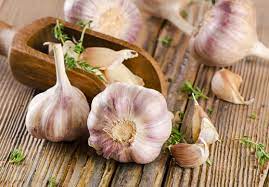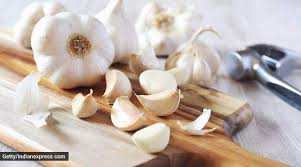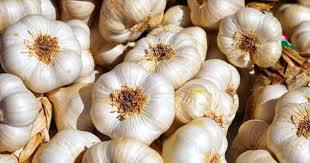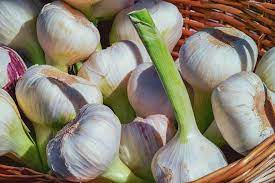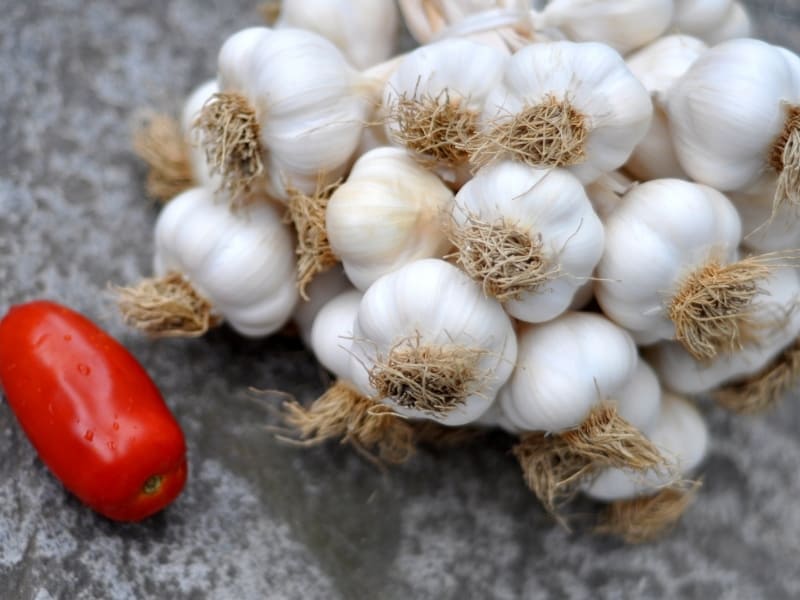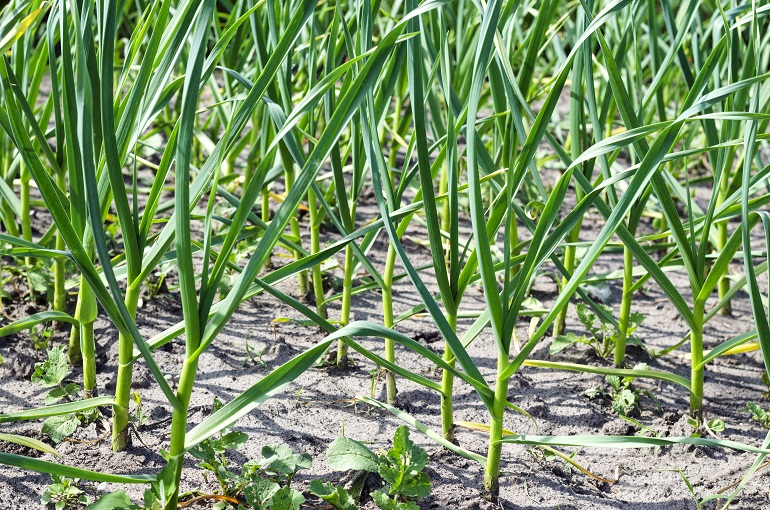What Are Garlic Chives?
Are you in need of in-depth knowledge on onion and garlic production? If yes, we are a call away. Contact us for: Onion seedlings, Garlic seedlings, Germinated garlic cloves, Farm planning services, Soil testing, training on onion and garlic growing, Drip irrigation installation and maintenance, Agronomic support, Onion and Garlic value pack and Farm management. For free consultation, placing orders or booking a visit with an agronomist, please contact us via Call or what’s app +254703982228, Email: Info@oniondoctor.co.ke. You can also check out our social media handles for daily updates on TikTok: https://www.tiktok.com/@oniondoctorke?_t=ZM-8wmsTu0qumO&_r=1 Instagram: https://www.instagram.com/oniondoctorke?igsh=MTVoaHF3aWUydTJzaQ==Facebook:https://www.facebook.com/share/16SwgYn2dG/ Youtube:https://youtube.com/@oniondoctorke?si=u5Jnd-r0qU9UDYqL and Twitter: https://x.com/OnionDoctorKe?t=FR3JXlS_oN1vjjUgAtfyzg&s=09 Garlic chives are graceful herbs with pretty white flowers. The combination of a chive-like appearance and strong garlic flavor makes garlic chives a popular seasoning. What Are Garlic Chives? With their white flowers, long green shoots, and lack of a bulb, garlic chives (Allium tuberosum) bear a strong resemblance to regular chives. That’s not surprising since both are members of the onion family. However, while the standard chive has a mild flavor similar to onions, you can grow garlic chives in your garden or a container herb garden. Origins: The Chinese have been growing and cooking with garlic chives for at least 3,000 years, dating back to the Chou dynasty (1027 BC to 256 BC). But the popularity of this herb extends beyond China. Japanese cooks call garlic chives nira and use them frequently in meat and seafood recipes. 1: Standard garlic chives: Garlic chives look similar to chives, but their leaves are broad and flat instead of hollow. Their garlicky flavor enhances cooked dishes, particularly ones where the food is slowly simmered in a sauce, such as red-cooked stews or soups, or in stuffing. Use them also to add flavor to stir-fries. They go particularly well with eggs and seafood—you’ll often find them paired with scrambled eggs or prawns. 2: Flowering Chives : Flowering chives have hollow, light green stems and yellow buds on the end. But don’t let their delicate appearance fool you: flowering chives have a stronger garlicky flavor than standard garlic cloves. The yellow buds make an attractive garnish and, unlike regular chives, they are edible. Their popularity means that flowering chives are often easier to find than garlic chives. Feel free to use them in place of garlic chives. 3: Yellow Chives: Yellow chives are garlic chives that have been grown under cover, without any exposure to direct sunlight. This prevents the leaves from turning green, as the plant’s chlorophyll-absorbing molecules never kick into action. Yellow chives have thick flat leaves, a yellow color, and a mild, onion-like flavor. Like flowering chives, they are considered to be a delicacy, and often served alone or paired with another vegetable in a stir-fry. Use them in soups, with noodles, or whenever you want to add chives with a milder flavor than either garlic or flowering chives. Storage: Fresh garlic chives have a short lifespan. Remove any dark green leaves that have wilted before cooking. Both regular garlic chives and flowering chives will last for a few days. Fresh yellow chives, on the other hand, should be used within the same day.
